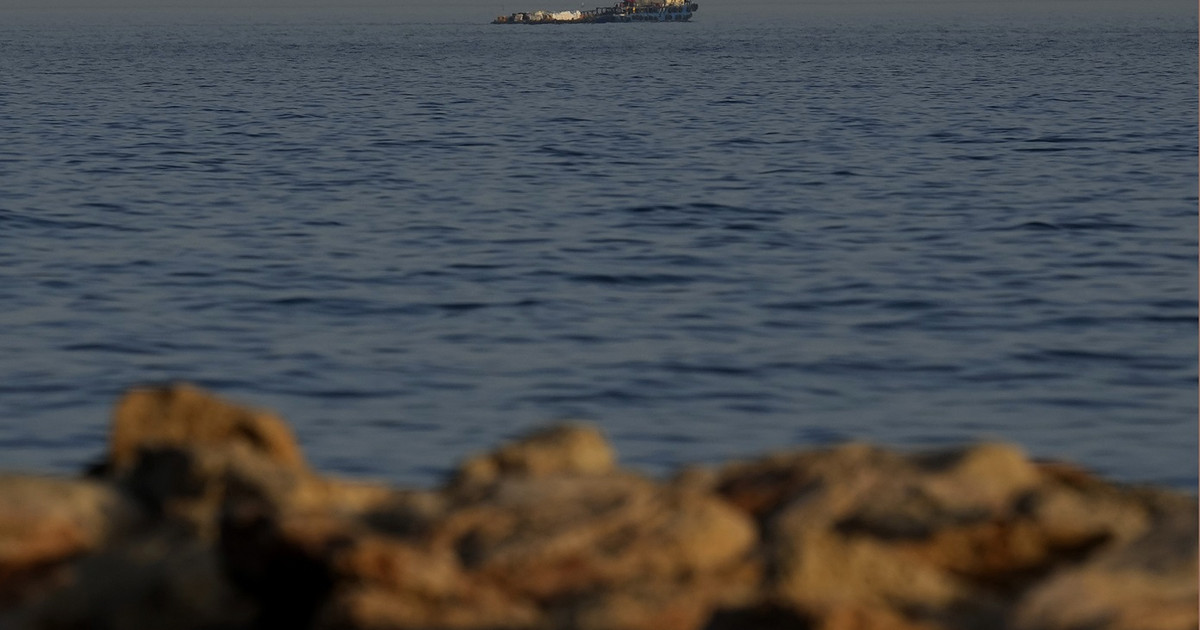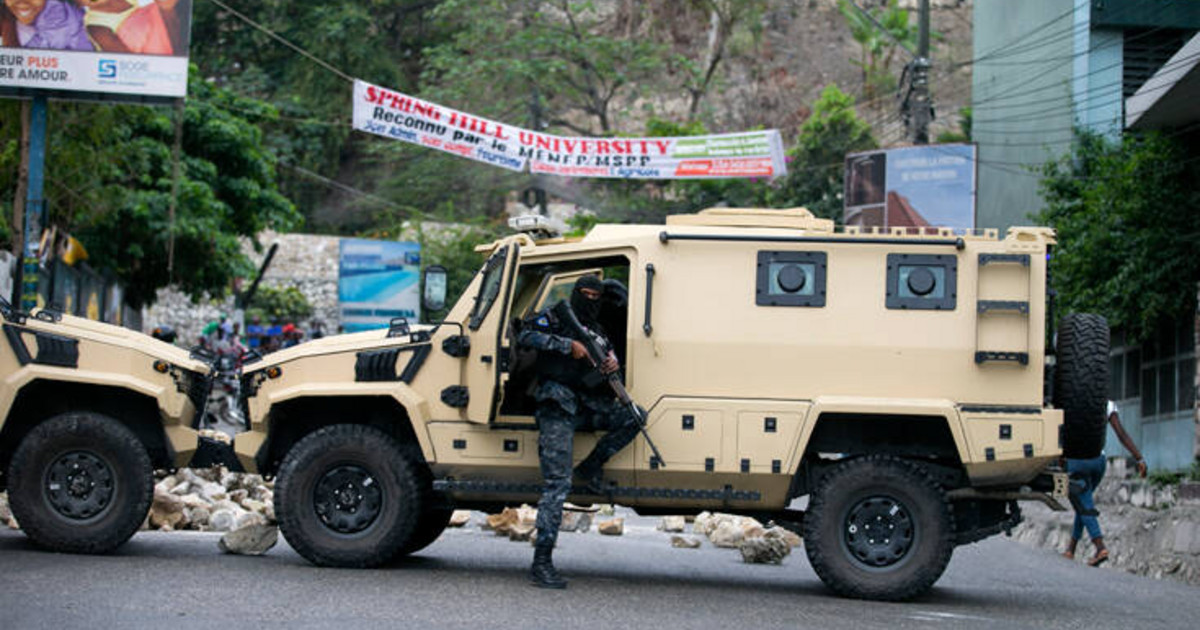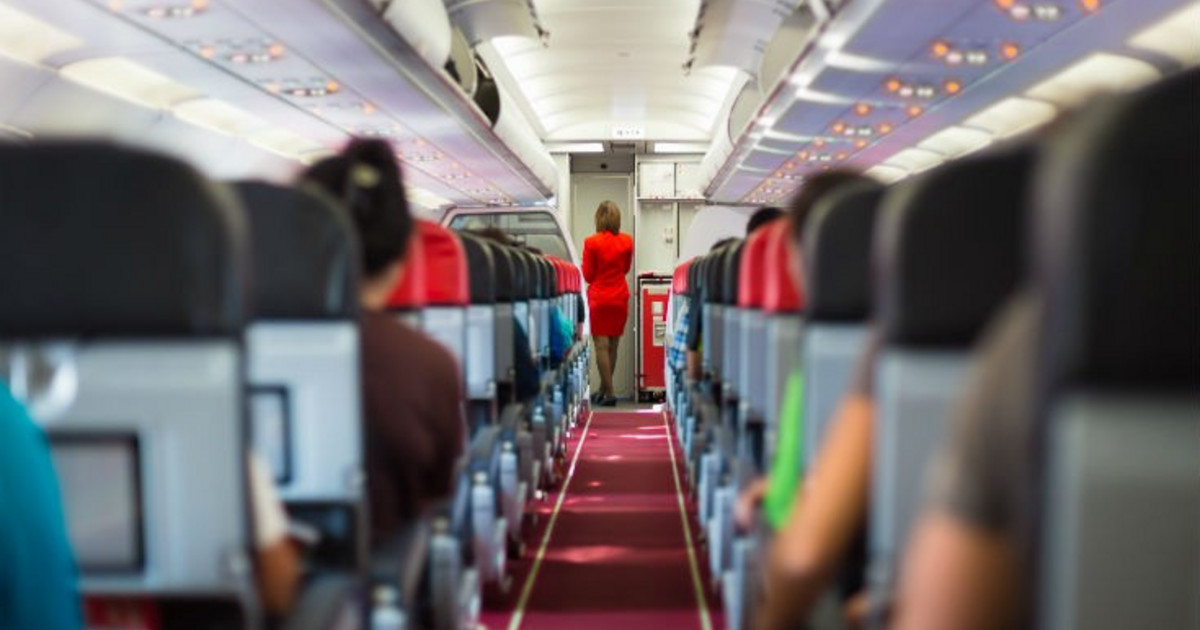Bent from hunger and now also from thirst. Throughout the Horn of Africa – Ethiopia, Kenya and Somalia), 20 million people could face high levels of acute food insecurity by September, due to an exceptionally persistent drought. Water shortages have a heavy impact on the livelihoods of farmers and shepherds: this situation which has led to arreduction of food production and the death of millions of cattle.
In Kenya 27% of the population suffers from hunger and thirst. The situation was already very critical – between armed conflicts between clans, the health and economic consequences of the pandemic and the effects of climate change – and the war in Ukraine further aggravates the picture. Drought is one of the worst in recent decades: the rain did not fall for four consecutive seasons, and it could continue to fail even from October to December. The drought decimated crops and caused a large death in livestock (over 1.5 million died), which remains the main source of livelihood for families.
Josephine Muli is 45 years old and a mother of 9 children. She walks over 2 hours of road every week to let her last visit her son of just over a year, severely malnourished. He has been under treatment for several months: in addition to giving him the plumpynut, he is regularly weighed and measured in growth by medical staff. Josephine was able to immediately realize that something was wrong with her child’s growth and to turn to experienced staff who could take care of him. Many mothers here, on the other hand, consider their children’s thinness and slowed growth to be normal, as well as diarrhea and vomiting, which do not allow them to accumulate any nutrient essential for healthy and balanced growth, and turn to maternal health centers. – childhood too late, when the condition of malnutrition has become too severe, with the risk of fatal consequences for children.
“I was married, but my husband died last year, leaving me alone with the children, who almost all go to school ”, explains the woman to the CESVI Foundation which, to support the population, has activated agricultural and pastoral development projects and for maternal and child health. Her husband was killed by armed gangs who also stole all livestock, thus leaving Josephine not only alone with so many children to raise, and with nothing to eat: their diet depended entirely on livestock. “Since last year we have been experiencing a severe drought, we have had very little rain in the village, the men with the cattle have not yet returned, they have also taken the animals of the neighbors from which we occasionally received milk. There is nothing for us right now. “
Josephine has a small shop where she sells school supplies for a few schoolchildren and sweets. But «my business has also deteriorated due to Covid. My shop was no longer performing as it once did and we had several problems: hunger is so high, finding food is a problem and sometimes we go to bed after eating little or nothing. There is nowhere to get food if we need it. As for my children’s school fees, it is very difficult to find the money to pay them. This is why I am part of a savings and loan group in the village. Sometimes I borrow money to pay the children’s taxes, sometimes to support my shop in times of trouble. But drought continues and there is not enough food in our community for everyone”.
“The only possible solution to deal with the emergency in the Horn of Africa is to return to local agriculture, re-appropriate indigenous methods that are better adapted to climate change»Says Valeria Emmi, Advocacy and Networking Senior Specialist by CESVI. «The dependence on one / two food producing countries, so fundamental for the food chain, must be stopped, and the countries in difficulty helped to implement cultivation systems. Even if the war in Ukraine ends, it will not be able to resolve the dramatic escalation that began in 2020 ”.
In Kenya CESVI also collaborates with agro-pastoral communities and government authorities by promoting projects related to agricultural development and providing tools and models for the management of natural resources. In particular, it supports small livestock and poultry farmers, so that they can have eggs and meat to feed themselves. Inside the village of Nasuroi he also built a well that allows the population to have clean water to quench their thirst, also useful for the survival of the animals.
In Kenya, over 940,000 children suffer from acute malnutrition. Lack of food and water often affects children even before birth and in the first months of life: as many as 134,000 pregnant or breastfeeding women are severely malnourished.
Source: Vanity Fair






